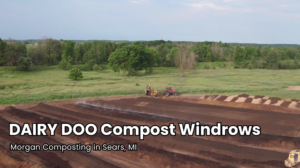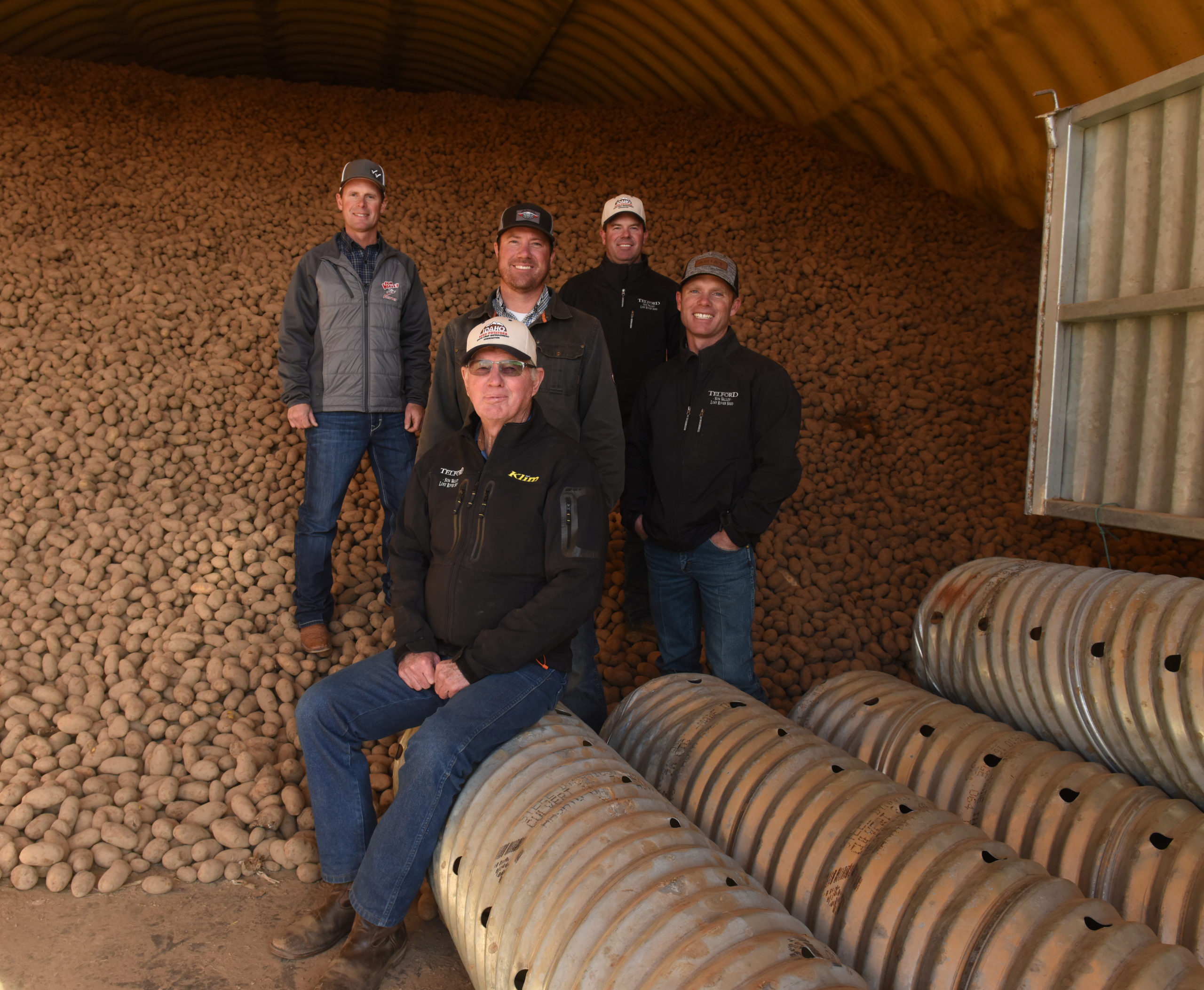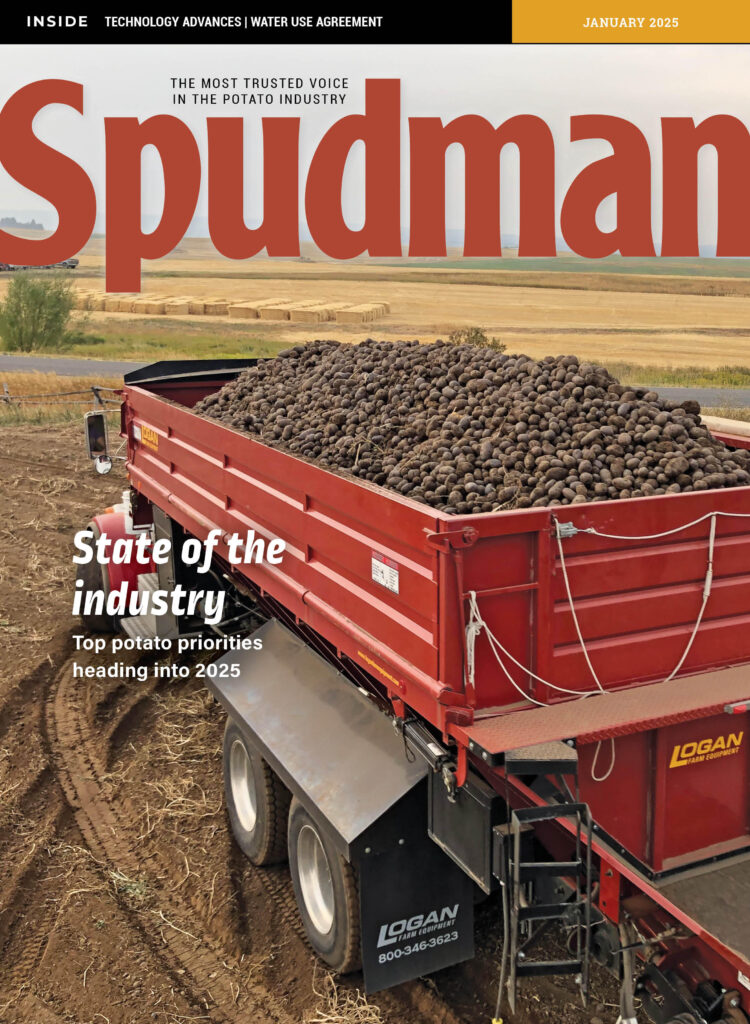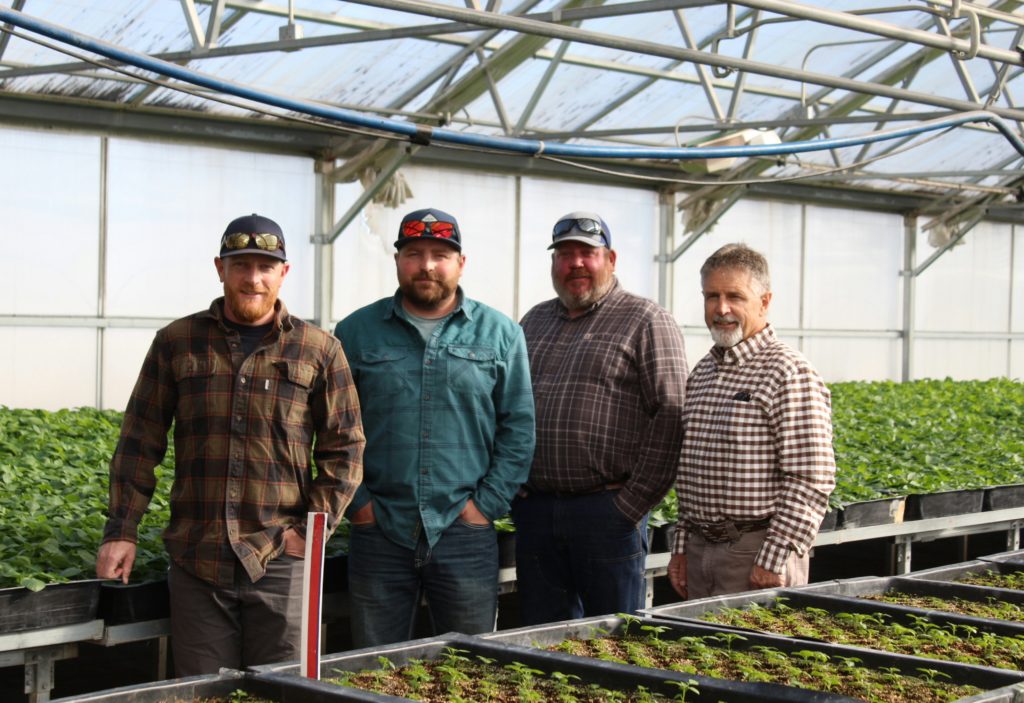
Adapting to change
Though the Worley family arrived in the San Luis Valley of Colorado around 1919, today’s iteration of Worley Family Farms began with Carl Worley, whose potato-growing career started from his early days in 4-H and FFA. After serving in the army, he came back to farm with his father before branching out into his own operation.
One of Worley’s five daughters, Gail (Worley) and her husband Robert “Bob” Mattive, now the current VP of environmental affairs at the National Potato Council, were asked if they’d be interested in joining the operation. They joined him in 1982. Today the farm is Bob and Gail, along with their sons Grant and Reid and nephew Matthew Smartt.
Their participation, along with Gail’s sister Carla Worley, gave rise to the farm’s on-farm tissue culture lab in the mid-1980s when tissue culture was first starting to become popular.
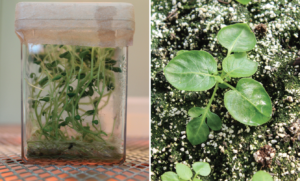
Prior to this, seed production was done mainly through tuber-uniting.
“It was a new technology that we adopted,” said Mattive of tissue culture.
Carla took on the challenge of setting up the lab and greenhouse program and managed it until around 2015.
The farm started by growing plantlets in a lab, hardening them off and then putting them directly into the field. With roughly 100,000 plantlets in the field in 1985, a hail storm came through in July and nearly wiped them out.
“At that point, we decided that we needed to do something different,” said Mattive. “We started pretty primitively and converted an old shed into a greenhouse.”
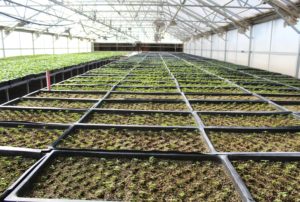
In subsequent years, a new greenhouse was built and the lab facility moved so everything could be interconnected. Today, Bob manages the greenhouse operations, and Gail manages the tissue culture lab, doing many of the cuttings herself.
Carrying on the farm’s reputation for being early adopters and trying new tech, Worley Family Farms prides itself in being among the first to try new varieties when they’re released from breeding programs.
The farm’s machinery has been equipped with GPS guidance for a long time, and equipment is upgraded to stay up with the latest technologies in the field, such as those released in planters, and in the packing shed with optical graders and sorters and other robotics. Many of the operation’s activities can be handled via smartphone.
“We try to keep up with new technologies, and a lot of that is a function of the younger generation,” said Mattive. “My two sons, Grant and Reid, along with my nephew Matthew Smartt, bring fresh ideas and are instrumental in adopting new technologies on the farm and in the shed.”
Having been in a serious drought for the last 20 years, Mattive said, has both encouraged and forced the farm to manage its water use differently.
The farm pays close attention to water usage, nozzle packages for its center pivots, and the farm now draws from two wells instead of one for each pivot.
The farm also grows more crops than it used to, which used to be primarily a barley/potato rotation. It then branched out and started growing a sorghum sudangrass to improve soil health and work as a soil biofumigant. Things have evolved since then.
“Now we’re using six, seven or more species in our cover crop blend. That helps to address any issues in our soil so that we’re not having to use chemicals for nematode control or suppression, and it really is helping improve our overall soil health,” said Mattive. “We’re able to do that through biologicals and through our crop rotations.”
Not only that, but the farm can grow a cover crop with 10 inches of water or less. Whereas a crop of barley may require 18-20 inches of water.
If possible, the rotations are extended beyond what it was when Mattive first started farming. From barley and potatoes, or wheat and potatoes, comes a three-year rotation now. The cover crop blend is different. And while Worley Family Farms still grows a small amount of barley, it also grows triticale, quinoa, spinach, lettuce, oats, and some grains for certified seed or malt.
“We’re a lot more diverse than we used to be in terms of our cropping patterns,” said Mattive.
Potato varieties have also changed over the years. Worley Family Farms still grows a small amount of Centennial Russet, a Colorado variety released in 1977. Other than that, “we probably aren’t growing any of the same varieties that we grew 20-30 years ago,” said Mattive.
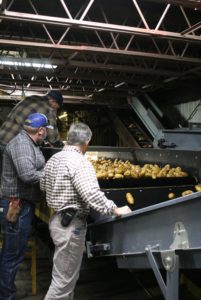
Earlier season varieties, and the seed fields, which are in the ground about 85-90 days, can help reduce water use. Aside from drought, yield potential is what drives a lot of the decision-making when it comes to which varieties are selected, as well as the percentage of No. 1 potatoes in grading due to the operation having its own packing shed. Disease-resistant varieties also take priority. Potato virus Y (PVY) is driving a lot of the changes, not only in russets, but in all categories.
“That’s our nemesis right now,” said Mattive of PVY. “We’re in a very close-knit potato-growing community, and as certified seed potato growers, it’s a challenge to keep our fields clean.”
Markets also shift, and what was once just russets and reds has now grown to include multiple yellow varieties, such as Colomba, Soraya and Tessa, in addition to new russet and red varieties, which make up the roughly 20 varieties the farm grows every year.
This year, the farm picked up Caribou Russet, and is so far excited about the results. As an earlier variety, it not only helps with the growing season, but could be a contender to replace the Russet Norkotah. Along with other unfavorable characteristics, Russet Norkotah is very susceptible to PVY.
Being next door to Colorado State University’s San Luis Valley Research Center Agricultural Experiment Station has had its perks, and Worley Family Farms maintains a close relationship with the potato breeding program. The farm tries new varieties when they’re released, and has worked closely with former potato breeder David Holm and Samuel Essah, professor and former director of Potato Association of America with a significant involvement in international agriculture, hosting a variety of their trials on the Worley farm.
Possibly among the most significant are the generational changes, and Mattive has noticed the adoption of different practices.
“It’s not the same as, ‘My grandad and dad did it this way, and now I do, too.’ This younger generation is open to more changes and implementing more technology, like controlling storages and sprinklers from their smartphones,” said Mattive. “Our farm wouldn’t be where we are today without the boys. They bring a vision and energy to our farm, and that’s exciting.”
Mattive also predicts a larger move towards drone usage, but can’t quite yet see how electric tractors will come into play.
“Maybe it’s my age,” he said, “but it’s a hard concept for me to understand fully.”
Autonomous tractors may play a role in easing labor issues, but until that fully arrives, lack of available labor and equipment are forcing the change in everything from planting to tillage practices, with fewer trips across the field becoming more common, along with other ways to get the same — if not more — work done with fewer people.
One year, the farm encountered a situation during planting, where four six-row planters weren’t being fully utilized due to the lack of operators. Two planters ran full time, one only part time and another nearly not at all. To adapt, the operation will be running three eight-row planters instead.
Worley Family Farms operates its own packing facility called Hi-Land Potato Co., with the sales handled through RPE. The vertical integration helps the company effectively and efficiently manage its 1,900-2,000 acres of potato production.
Bob Mattive serves on the National Potato Council, the Colorado Potato Administrative Committee, the Colorado Agricultural Leadership Program board of directors, and the Council for Agricultural Research, Extension and Teaching.
Photos: Jennifer Kemery


